Cover crops are a dynamic tool used by farmers to provide a variety of functions, including soil health, water quality, weed control and legume nitrogen crediting. In Wisconsin, a majority of cover crops are promoted and funded to improve surface water quality through erosion control and nutrient capture.
This article highlights how cover crops impact phosphorus loss dynamics, including 1) soil and water movement and 2) placement and forms of phosphorus within the soil. Ultimately, situations where cover crops will have the largest impact on total phosphorus loss will be discussed to help farmers and conservation professionals maximize impact.
Similar to reduced tillage, cover crops mainly reduce particulate phosphorus loss, defined as phosphorus attached to soil particles, by reducing erosion and increasing water infiltration. A meta-analysis attributed cover crops’ effectiveness in reducing phosphorus loss primarily due to their ability to reduce sediment loss and secondarily due to a reduction in runoff volume, with little evidence (<25% of cases) of reduction in dissolved nutrient loss (Blanco‐Canqui, H., 2018).
Discovery Farms’ 125 site years of edge-of-field monitoring shows that typically 50% of annual phosphorus loss is in the particulate form and therefore might be mitigated by cover crops. In contrast to particulate phosphorus, The dissolved form of phosphorus is typically lost when the ground is frozen, when water interacts with organic and water-soluble forms of P, like residue, synthetic fertilizer, manure or even P attached to soil, and is unable to infiltrate. Conservation practices other than cover crops are more effective and necessary to mitigate these losses.
Cover crops reduce soil erosion by extending the duration of living plants present
Cover crops increase the period of time on a field that a living plant is present. Cover crops are often planted after the main crop harvest, or even into the main crop aerially (broadcast) or interseeded. Cover crop presence minimizes the length of time the soil is bare and vulnerable to erosion. The plants’ green biomass and residue provide a physical barrier between falling precipitation and the soil. This barrier decreases the force of raindrops from dislodging soil from the surface of soil clumps, known as aggregates. Fine soil particles, most often clay, are most likely to be dislodged. These particles often hold a larger proportion of organic matter and fertility. Dislodged soil is vulnerable to water movement off a field. Cover crops provide an additional benefit beyond reduced tillage alone, as crop residue can be moved away by wind and water, and cover crop roots can help keep crop residue in place.
Erosion not only occurs across the soil surface, where it forms rills or gullies, but dislodged soil can also move down into the soil profile, a process called illuviation. Although vertical soil movement does not directly impact phosphorus loss, it can lead to decreased pore space for air and water and cause surface crusting, therefore reducing a soil’s water infiltration capacity overall. Cover crops alter water movement in this way by reducing soil dislodgement and subsequent illuviation.
Long-term cover crop use often increases soils wet aggregate stability and organic matter concentration, both of which decrease soil erosion potential. Cover crops take advantage of additional growing degree days after harvest and provide root exudates that aid in soil aggregation and tilth. These roots physically hold on to the soil, and build strong soil aggregates that are more resistant to erosion. A common visual demonstration of this is a slake test (Figure 1). Soils with more carbon and physical protection via cover crops or residue are more resilient to erosion and therefore minimize soil and particulate phosphorus loss in a field.

Figure 2. A slake test is a visual representation of cover crops’ ability to build strong soil aggregates resistant to water erosion. Photo by Kim Meyer
Edge of field monitoring in Wisconsin indicates a majority of erosion happens in late spring (May-June, average 65% of the annual total) when the ground is no longer frozen. The freezing and thawing in the spring acts to break down soil aggregates, leaving soil particles vulnerable to heavy precipitation events in May and June when main crops are too short to provide full canopy cover. For cover crops to achieve their maximum benefit, it is vital they provide living cover or adequate residue until this late spring time period. Initial research in Wisconsin suggests that 1200 lb DM/ac is required to provide significant erosion reduction, while 2500 lb DM/ac is required to reduce runoff volume (Arriaga et al. unpublished data).
Cover crops have a multifaceted impact on the field water cycle and phosphorus retention
Cover crops impact the water cycle in fields in three ways:
- Increasing transpiration
- Increasing infiltration
- Decreasing overland flow
In general, less water leaving the field over the soil surface means less phosphorus leaving the field. That is to say, controlling surface water loss will decrease the loss of phosphorus in both dissolved and particulate forms.
In the late fall and early spring when fields are typically fallow, cover crops are actively growing and removing water from the soil via transpiration. Transpiration is typically a much larger proportion of the plant’s water use than what is held in the biomass alone. Higher cover crop biomass requires more water for transpiration and growth, reducing the soil volumetric water content. By removing water from the soil profile, cover crops enable more water to infiltrate into the soil, thereby reducing surface runoff from a field.
Cover crops also increase infiltration by promoting larger channels in soil, known as macropores, which often form in old root channels and due to the activity of soil animals such as earthworms. By maintaining adequate pore space, water has more connected pathways to infiltrate quickly. However, cover crop impacts on water movement may vary greatly among fields with differing slope and soil type, among cover crop species with differing biomass and root structure, and with duration of use.
A review of published research shows that cover crops can increase time to runoff during precipitation events by 10-40 minutes. This can either reduce the amount of time runoff is occurring, or prevent runoff from even occurring (Blanco-Canqui, 2018). This reduction in soil moisture content due to increased transpiration paired with increased infiltration reduced runoff volume in 82% of experiments by an average of 50% compared to when no cover crop was present.
Lastly, cover crops slow the lateral flow of water across the soil surface, and reduce soil erosion even on minimally sloped fields. Surface runoff in the field is slowed and filtered by cover crop stems and residue. Slower water movement due to increased surface roughness allows soil and attached particulate phosphorus to settle out and deposit in the field, rather than at the field edge or into a water body. Cover crops, as well as other soil health practices, can help fields become more resilient to uncontrollable precipitation, aiding in both water quality and agronomic outcomes.
Cover crops aid in managing phosphorus stratification and dissolved nutrients in conservation cropping system
In conservation cropping systems, manure and synthetic fertilizer are often surface applied to reduce soil disturbance. However, this tends to concentrate nutrients, including phosphorus, at the soil surface. Cover crops, and especially winter-killed cover crops, may exacerbate this issue by bringing phosphorus that was sorbed to soil particles deeper in the soil profile to the surface, where it can interact with water. When cover crop species winterkill or experience freeze-thaw cycles, their cells begin to break down or are ruptured by ice crystals. This releases dissolved nutrients onto the soil surface, which can be carried away in winter runoff events or snowmelt water. This green or recently killed biomass tends to have significantly more nutrients and water than crop residue.

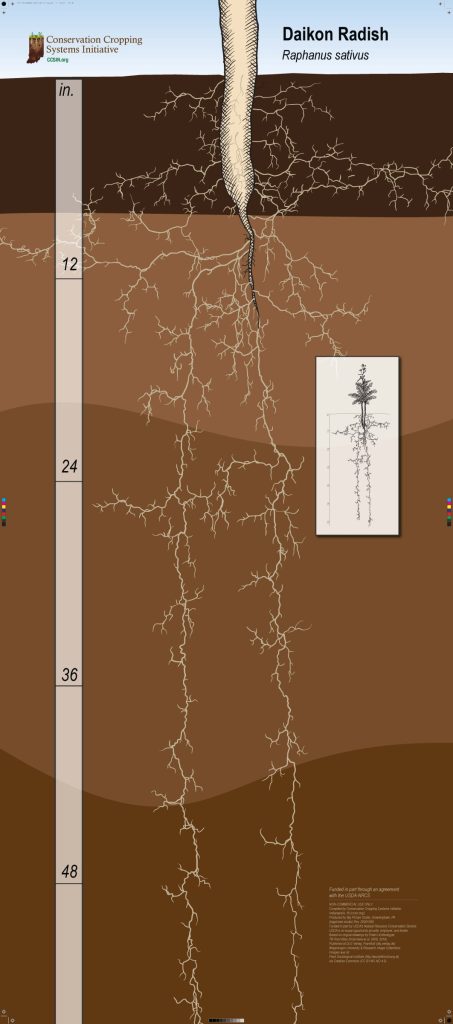
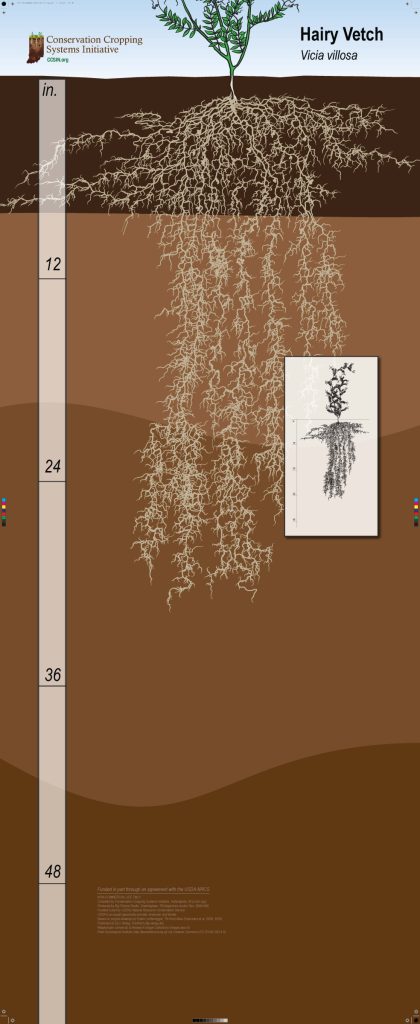
Figure 2. Conservation Cropping Systems Initiative root growth visual
Research has shown that not all of a plant’s phosphorus is soluble in water, but upwards of 30% can become soluble after freezing events of 3 ℉, which most of Wisconsin experiences (Liu et al., 2019). In general, frost-tolerant grasses and legumes (hairy vetch, cereal rye, volunteer wheat) have less extractable phosphorus than brassicas and winterkilled species such as oats (Cober et al., 2018). The fibrous roots of grass and legume species also provide additional soil structure benefits compared to the taproot of brassicas (Figure 2).
In general, the amount of phosphorus released by cover crops after frost is still much less than the total phosphorus near the soil surface, which would otherwise be vulnerable to erosion if the cover crop were not present. This means that erosion is a larger threat to phosphorus loss than the loss of soluble phosphorus from frozen cover crops. Therefore, for farmers who already have erosion under control, fine-tuning cover crop species selection is a potential next step in conservation action.
Importantly, soil can potentially retain a portion of the dissolved phosphorus released by cover crops by attachment, or sorption, onto particle surfaces, although this binding capacity is strongly influenced by the amount of phosphorus already present in a given soil. Retention of dissolved phosphorus is more likely when soil test phosphorus values are lower, because particle surfaces (“sorptions sites”) are less likely to be occupied with phosphorus already. As soil test phosphorus increases, phosphorus is increasingly soluble in water. Consequently, soil test phosphorus values are strongly correlated with dissolved phosphorus loss in many studies across the United States, including Wisconsin. Historically, soil was considered a safe “bank” for nutrients; as long as erosion was controlled, the nutrients were safe. It is now understood that this soil bank is leaky and can release dissolved nutrients, including phosphorus, to water. The release of nutrients from soil into water is the same process necessary for plant roots to uptake nutrients. However, this phenomenon can also happen during runoff events, when water is moving too quickly for the soil to infiltrate the nutrient-rich water or for plants to uptake the nutrients.
Soils with high soil test phosphorus (STP) can contribute to both dissolved and particulate phosphorus loss by serving as a larger source of phosphorus compared to the same soil with a low STP. Fields with high STP have historically had more phosphorus applied via synthetic fertilizers or manure as compared to phosphorus removed via crop harvest. High STP is a risk factor for surface water quality that is hard to overcome with other conservation practices. Keeping STP values out of the excessively high category is a critical step to reducing phosphorus loss off of agricultural fields. Cover crop harvest can help draw down STP faster than a single cash crop harvest alone. Harvesting cover crops for feed is a strategy to draw down soil test phosphorus values that are excessively high by removing more phosphorus (via biomass) throughout a growing season. Removing phosphorus to optimum levels will have a large impact on water quality and is unlikely (<10% chance) to have an impact on grain crop yield. An added benefit of removing additional phosphorus via crop or cover crop harvest is that manure can likely be applied in higher replacement amounts or earlier in a rotation.
Prioritize cover crop use with these recommendations
- Cover crops are most effective in reducing erosion and therefore highly sloped fields, fields with lack of residue (corn silage, soybeans, vegetable crops), and fields with longer fallow periods (wheat, potatoes) should be the first priority.
- To maximize erosion benefits of cover crops, choose species that over winter and consistently produce a half ton of DM/ac. Small grains’ ability to grow later in the fall and earlier in the spring, in temperatures as low as 24℉, allow for maximum biomass production (Pessotto et al., 2023).
- Other strategies to maximize biomass include planting earlier maturing crops that allow for earlier cover crop establishment, aerial seeding cover crops into standing crops, or planting green in the spring to allow for biomass accumulation.
- On flatter fields where erosion is already well controlled, and soil test P is optimal for crop production, choose cover crops that live through the winter to minimize dissolved P loss.
- Fields receiving fall tillage or manure are vulnerable to losses due to lack of residue cover and loosened soil, and cover crops are a great strategy to keep valuable manure nutrients in the field.
- Plant and harvest cover crops to draw down excessively high soil test phosphorus fields to minimize both particulate and dissolved phosphorus loss.
References
- Blanco‐Canqui, H. (2018). Cover crops and water quality. Agronomy Journal, 110(5), 1633-1647.
- Pessotto, M. V., Roberts, T. L., Bertucci, M., Santos, C. D., Ross, J., & Savin, M. (2023). Determining cardinal temperatures for eight cover crop species. Agrosystems, Geosciences & Environment, 6(3), e20393.
Reviewers
Dr.Steven Hall, Amber Radatz, Kelsey Hyland, Laura Paletta, Guolong Liang

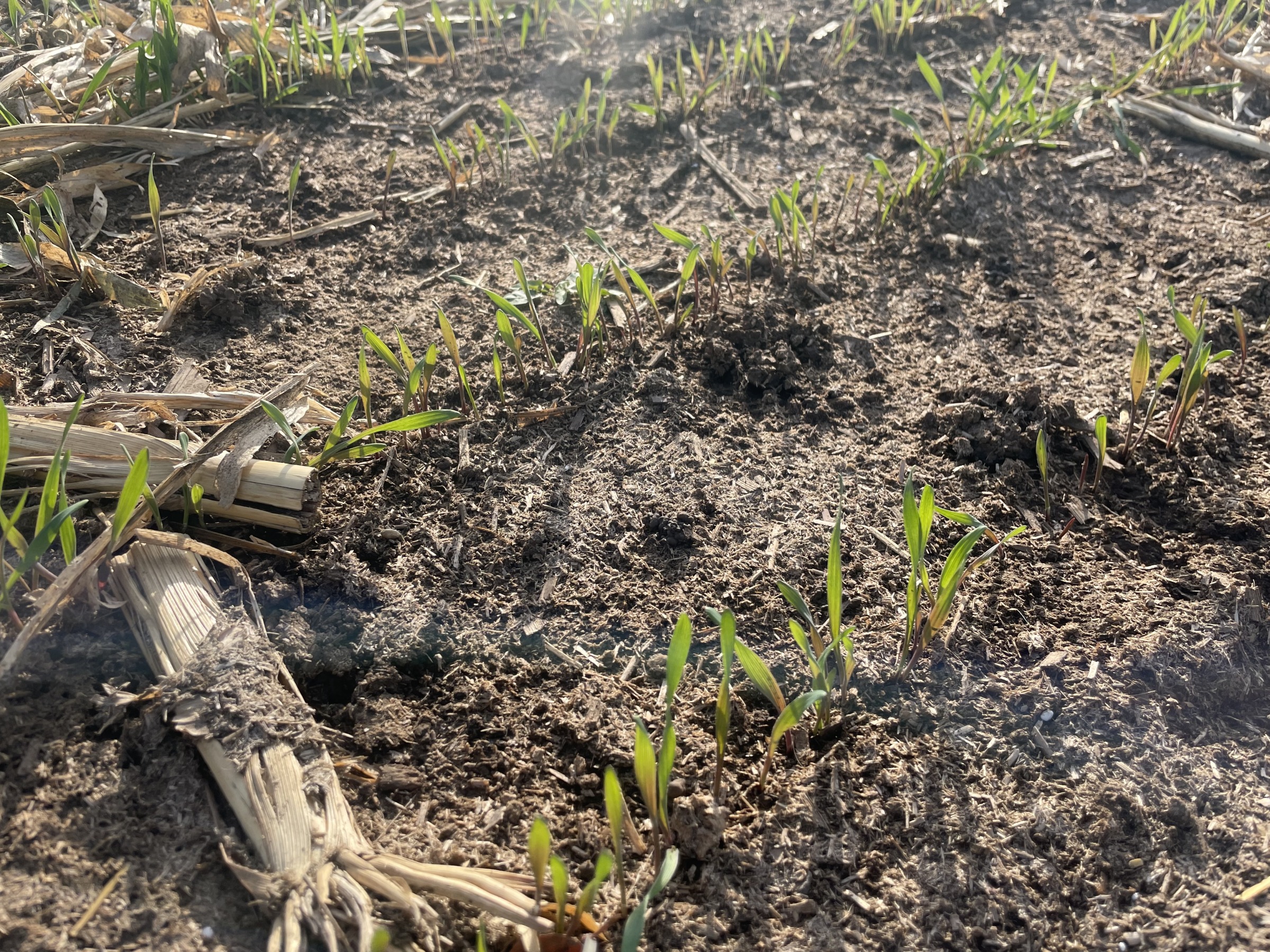
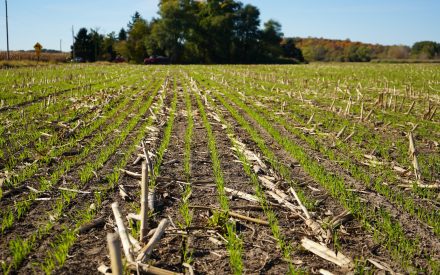 Phosphorus Losses Checked by Layered Practices and Careful Timing: A Discovery Farms Project
Phosphorus Losses Checked by Layered Practices and Careful Timing: A Discovery Farms Project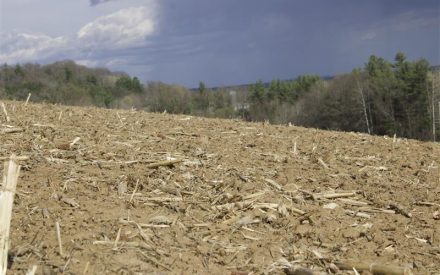 ▶ The Zone of Interaction: Exploring phosphorus stratification
▶ The Zone of Interaction: Exploring phosphorus stratification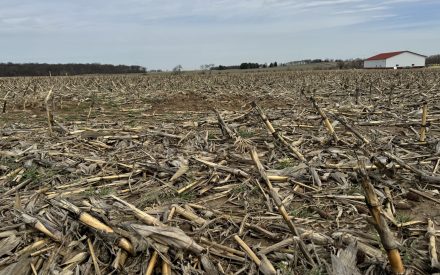 Wanted: Fields under cover
Wanted: Fields under cover Flood Mitigation and Water Quality in Southwest Wisconsin
Flood Mitigation and Water Quality in Southwest Wisconsin


